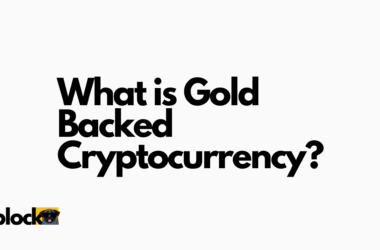A NFT, or a non-fungible token, is a digital asset that can be bought and sold online. They are typically coded as a special cryptographically-generated token using the same underlying software as many of the most popular cryptos.
The term “fungibility” refers to how interchangeable individual units of a commodity or goods are. For example, popular cryptos such as Bitocin and Ether are considered to be fungible as they can be exchanged for an identical Bitcoin or Ether. In other words, 1 BTC is worth just as much as the next person’s 1 BTC.
However, this is not the case with NFTs as each one is unique and has its own value. As a result, NFTs are one of a kind thanks to their unique identifying codes. This creates something called “digital scarcity” and is one of the primary reasons why we are witnessing such unbelievably high valuations for various digital assets, such as the Beeple art above which was sold for $69.3 million in 2021.
What are NFTs?
Despite the fact that they’ve existed since 2014, NFTs are becoming an ever more popular way to buy and trade digital assets. These days, NFTs are used in a variety of industries, but in the NFT news headlines, you’ll most likely find them commonly used with gaming, digital assets, and online collectibles. They are most commonly found as an Ethereum token based on the ERC-721 standard which is used to identify something or someone in a unique way.

For many people, NFTs are a difficult concept to wrap their head around. This is because almost all digital creations such as images, music, and other forms of digital “assets” are typically found in an infinite supply. This begs the question as to why somebody would be willing to pay millions of dollars for an image or a tweet that is readily available on the internet and can easily be downloaded by anybody with a laptop and an internet connection?
Well, the answer is because they are rare and oftentimes unique. You see, each NFT has a permanent information tab that records its uniqueness. In many ways, this acts as a certificate of authenticity.
Because of this, the owners of the asset can clearly demonstrate that they are in possession of the original digital asset. This gives owners “digital bragging rights,” and when you think about it, that’s not really too different from why people buy expensive physical art in the real world.
Do NFTs have a purpose, and what problem do they solve?
Considering the fact that many people dismiss NFTs as a fleeting novelty, they do actually serve an important function. First and foremost, they provide artists and online content creators with an innovative way to profit from their work without having to rely on a middleman or a service that takes a hefty cut or commission from the sale. This is because artists can sell their work directly to consumers using NFTs, allowing them to keep a larger portion of the revenues.
Secondly, artists can design a royalty feature into the NFT, which will pay the artist a fee every time the asset is resold. This empowers the artists even more and results in an unprecedented shift in control back to the original creator, which is something the entire art industry has been clamoring for since… well, forever!







